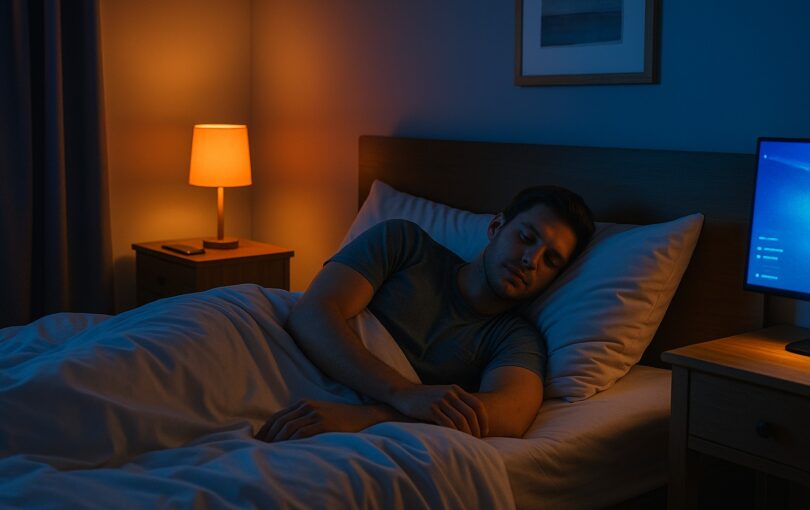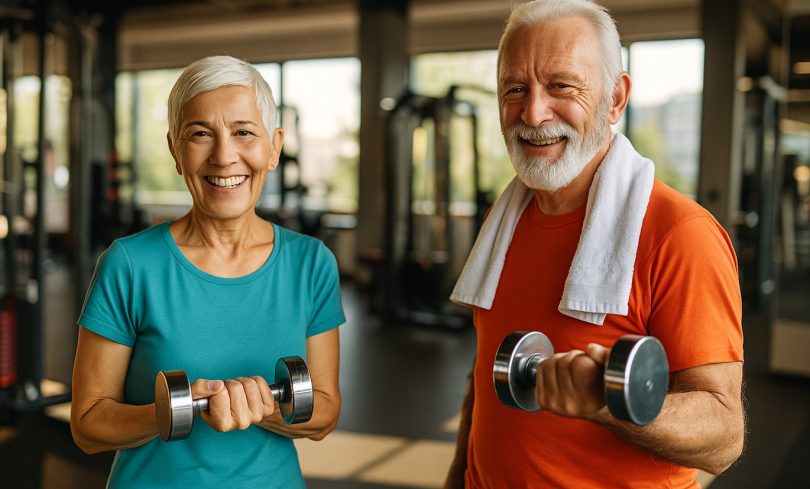Physical activity plays a pivotal role in maintaining optimal health and well-being. However, a considerable number of individuals face significant barriers that hinder their participation in regular exercise. This in-depth guide aims to explore these impediments, offering practical strategies for overcoming barriers to physical activity. By acknowledging these challenges and employing proactive measures, one can embrace a healthier, more active lifestyle.
Table of Content
- Identifying Barriers to Physical Activity
- Common Barriers to Physical Activity and How to Overcome Them
- Case Studies: Overcoming Barriers to Physical Activity in Real Life
- Tips and Strategies to Stay Active
- Conclusion
Identifying Barriers to Physical Activity
The first step in conquering any challenge is understanding its nature. It is through this understanding that we can craft targeted strategies to surmount the obstacles in our path.

Definition of Barriers to Physical Activity
Barriers to physical activity are any factors that restrict or hinder an individual’s ability to engage in regular exercise. These factors can be physical, such as health conditions or disabilities; psychological, like fear or lack of motivation; or environmental, including lack of access to exercise facilities or unsafe neighborhoods. Recognizing these barriers is the first step towards developing a plan to overcome them.
Common Barriers to Physical Activity and How to Overcome Them
While the barriers to physical activity are diverse and individual-specific, some are more common than others. Let’s explore these prevalent barriers and discuss potential strategies to address them.

Lack of Time
One of the most common barriers to physical activity is the perceived lack of time. With the hustle and bustle of modern life, it can be challenging to find time for exercise. However, it’s essential to remember that physical activity doesn’t always need to be a time-consuming task. Incorporating small bouts of exercise into your daily routine, such as taking the stairs instead of the elevator or parking farther away from your destination, can add up over time. You might also consider high-intensity interval training (HIIT), which allows you to get a vigorous workout in a short amount of time.
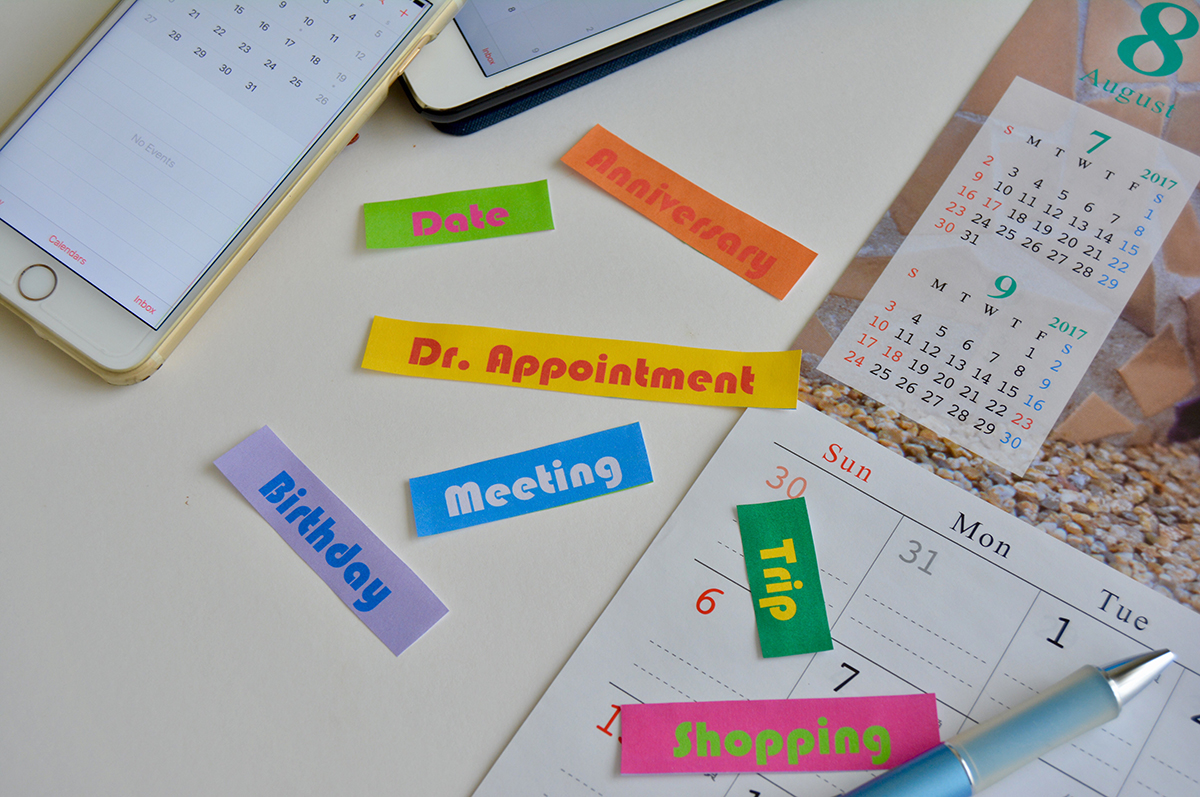
Physical Limitations
Physical limitations, such as disabilities, injuries, or chronic health conditions, can also be substantial barriers to physical activity. However, with the right approach and guidance, these obstacles can be managed. It’s crucial to consult with a healthcare professional or a physical therapist to understand what forms“`html
of exercise are safe and beneficial for your specific condition. Adaptive sports and exercises are also available to cater to various physical limitations.
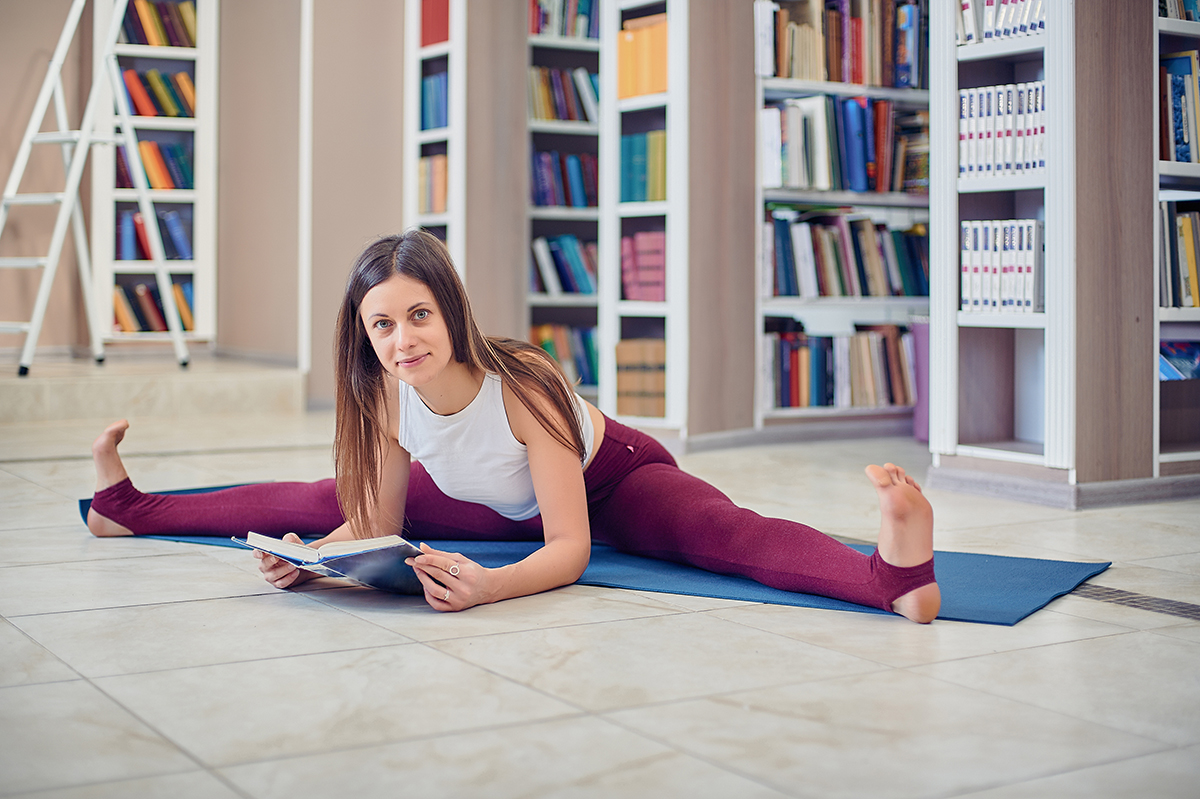
Environmental Factors
Environmental factors such as lack of nearby facilities, unsafe neighborhoods, or poor weather conditions can significantly impact one’s ability to engage in regular physical activity. However, there are ways to navigate these barriers. Consider exploring indoor exercises or fitness classes for days when outdoor activity isn’t feasible. Additionally, community initiatives can work towards improving safety and accessibility in neighborhoods, promoting a more exercise-friendly environment.

Case Studies: Overcoming Barriers to Physical Activity in Real Life
Learning from others’ experiences can be a powerful motivator. Here, we share inspiring case studies of individuals who have successfully overcome their barriers to physical activity, shedding light on the possibilities of triumph over adversity.
Case Study 1: Mary, Overcoming Time Constraints
Mary, a single mother of two and full-time nurse, always believed she was too busy to exercise. The barrier of time seemed insurmountable. However, she realized the importance of her own health not only for herself but for her children. Mary started incorporating small bouts of exercise into her day. This included cycling to work instead of driving, taking short walks during her breaks, and even doing some quick exercises while waiting for the dinner to cook. Over time, these small activities added up, and Mary noticed a significant improvement in her stamina and overall health.
Case Study 2: John, Conquering Physical Limitations
John, a middle-aged man with a desk job, was diagnosed with a chronic back condition. His doctor recommended regular physical activity to manage his condition, but John was skeptical due to his physical limitations. With the help of a physical therapist, John discovered low-impact exercises that could strengthen his back without causing pain. Despite his initial apprehension, he started a regular exercise routine that included gentle yoga and swimming. Not only did his back condition improve, but John also found himself enjoying the activities, turning a barrier into a motivator.
Case Study 3: Community Initiative, Overcoming Environmental Barriers
A community in a densely populated urban area lacked access to green spaces and safe environments for physical activity. This posed an environmental barrier to the residents. However, the community members came together and petitioned the local council for the construction of a public park and the implementation of safety measures. After their successful campaign, the newly built park and improved safety conditions encouraged residents to engage in outdoor activities like walking, cycling, and playing sports, effectively overcoming the environmental barrier to physical activity.
Tips and Strategies to Stay Active
Armed with an understanding of the common barriers to physical activity and the ways to overcome them, let’s delve into some general tips and strategies that can further assist in cultivating a more active lifestyle.
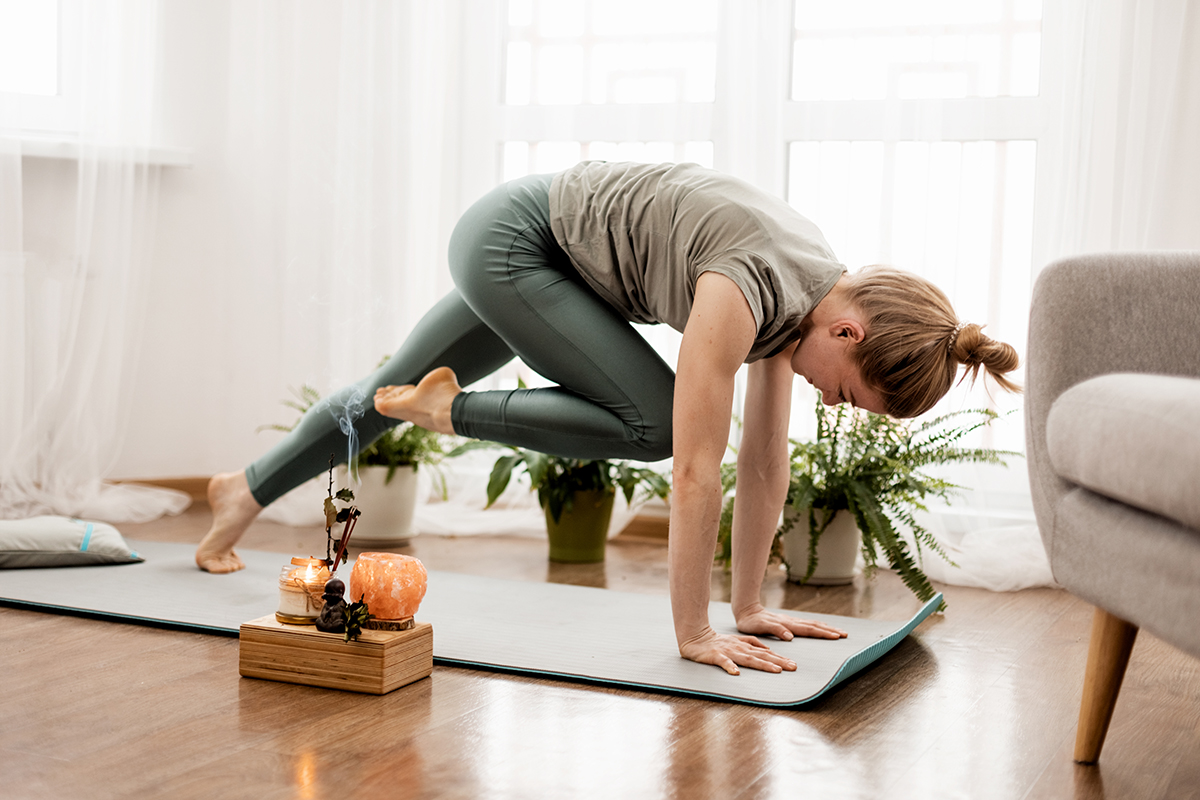
- Set realistic goals: Start small and gradually increase your activity levels. This approach can prevent burnout and foster a sense of achievement.
- Find activities you enjoy: Exercise doesn’t have to be a chore. Whether it’s dancing, hiking, or practicing yoga, find what you love to make physical activity more enjoyable.
- Get support: Having a workout buddy or joining a fitness group can provide motivation and make your exercise routine more fun.
- Integrate activity into daily life: Look for opportunities to move throughout the day, such as walking or cycling to work, or doing some stretches during TV commercial breaks.
Conclusion
Overcoming barriers to physical activity might seem like a daunting task. However, with the right mindset, determination, and strategies, it is entirely possible. Understanding your personal barriers and adopting a plan to address them is the first step towards taking control of your health and leading a more active lifestyle. Remember, every step you take towards physical activity, no matter how small, is a step in the right direction. Embrace the journey to a healthier, more active you.


